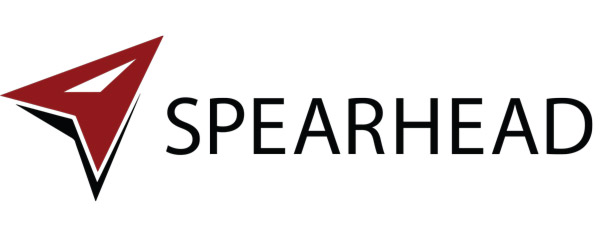Featured Person: Chad Root, Spearhead Sales
Identify Your Target Contacts
CR: I’m Chad with Spearhead and thanks for joining me again. We’re now in the center of our integrative sales and marketing system, in which we call the “Relationship Machine”. The purpose of these videos is to roll up our sleeves and dive into what we’ve learned in the past decade about integrating sales efforts with marketing systems in order to serve our customers in the best way possible.
We’ve already walked through the strategy and sales pieces of the “Relationship Machine”. So at this point in time, we’ve established a clear positioning, brand personality, and a sales and marketing plan. Your salespeople are focused on the companies, contacts, relationships, and conversions. For salespeople who’ve identified companies and specific individuals, where do we store those contacts?
Success Goes Hand in Hand with A Maintained Contact Database
Previously, I used a Rolodex to categorize and store all the company and individual contact info I obtained. I can’t tell you the last time I’ve opened it. They’ve become obsolete in today’s technologically advanced world. Now when we get contact information, it sits in a database. I don’t care if you use Goldmine, Act, Salesforce, or the fancy version we use called ONTRAPORT. But if you’re going to be successful in this area, there needs to be a database.
If you think about a contact database, the first thing is to think about it as a business card. Each business card contains what we call “fields”. The database allows you a place to store and sort basic business card information. There is a caveat because you don’t see specific things on a business card such as personality type, stage of the relationship, or contact type. For example, different kinds of contact types are suppliers, acquaintances, referral sources in addition to, all the targeted buyers you’d like to have. So you need to have a way to organize that invisible data.
The second thing is to think of your business card as a person. They’ve now bought into your positioning and realized there is an opportunity or threat in their future, that you’ve helped them see. Now your business is on the right trajectory to address this opportunity or threat in front of you. So if you’re talking to a buyer or potential referral source, their either attracted to this or their not. So we’re talking about the point in time we capture their information, we’ll call that “present day”. They’re on board with you now, but the second part of your database has to record when, how, what, and where. The why is here (referring to opportunity/threat/positioning).
I like to think of things in terms of “tags”, which is what they’re called in ONTRAPORT. I like to think of them as digital sticky notes. Your source, whether it be an event or trade show, don’t necessarily have to
The last thing I want you to understand about your database is that you don’t just record current day, but also your next steps. Whether you do it the Spearhead way (mainly automated) or through behaviors (tracked links/clicks) both are very beneficial. It allows you to monitor and plan intentional steps of interaction with your database. If you can accomplish those three things with your database, you’ve got it all covered. That’s it for now, thanks.
Notes
- Spearhead was started in 2006 – we’ve seen new technology become “old-hat” many times over.
- Contact management is the hub of a well-coordinated sales and marketing effort.
The fundamentals of
1. Record and organize business card information, also record “invisible” information (contact type, stage of the relationship, behavior style).
2. Capture each contact’s activity by type and date; ideally, web visits, email clicks, tracked web links,
3. Assign contacts to future communications, task communications, and next steps; do it automatically if your software is capable.
Conclusion:
Growing your business is all about growing relationships. We need to identify strategic contacts and load them into Ontraport for sorting, grouping, and automatically staying in touch with calls, emails, mailings, and tasks. Thanks for watching and you can contact us at info@spearheadsalesmarketing.com.

